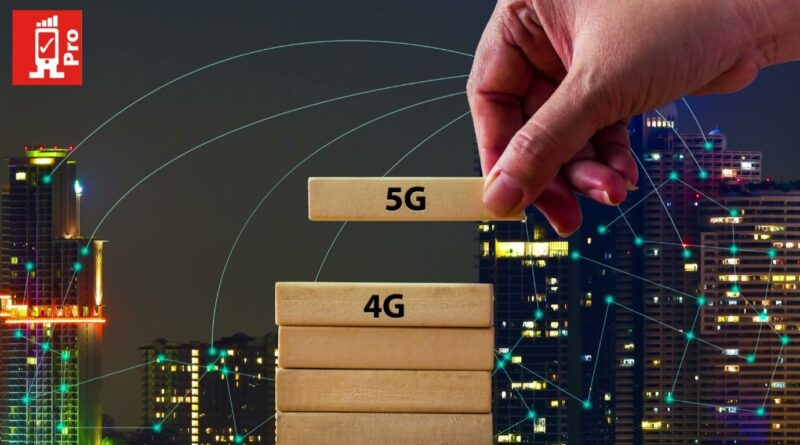Compare 4G vs 5G with 5G Tester Equipment & RF Drive Test Tools
In the ever-evolving landscape of technology, communication networks play a pivotal role in shaping our digital experiences. The transition from 4G to 5G marks a significant leap forward, promising faster speeds, lower latency, and a multitude of opportunities across various industries.
In this blog, we delve into the key differences between 4G and 5G and explore the exciting advancements that 5G brings to the table. So, now let us see the difference between 4G and 5G and what to expect along with Accurate 5g tester, 5G test equipment, 5g network tester tools and Accurate 4G Testing RF drive test software, Cellular LTE RF drive test tools & equipment in detail.
Speed and Latency:
One of the most noticeable differences between 4G and 5G is the speed at which data is transmitted. While 4G offers respectable download speeds ranging from 5 to 100 Mbps, 5G takes things to a whole new level. Anticipated to reach peak speeds of up to 20 Gbps, 5G boasts a monumental improvement that could revolutionize how we interact with the digital world. This exponential increase in speed translates to quicker downloads, seamless streaming, and enhanced real-time experiences.
Latency, the delay between sending and receiving data, is another crucial factor. 4G has a latency of around 30-50 milliseconds, suitable for most applications but not ideal for tasks requiring instant responsiveness. 5G aims to drastically reduce this latency to as low as 1 millisecond, which has vast implications for applications like remote surgery, autonomous vehicles, and augmented reality gaming.
Capacity and Connectivity:
The growth of Internet of Things (IoT) devices has put a strain on 4G networks’ capacity. 5G addresses this challenge by significantly expanding network capacity, enabling a seamless connection for a multitude of devices. This enhanced connectivity is expected to fuel the development of smart cities, smart homes, and industrial automation, as the infrastructure can support a massive number of interconnected devices without compromising performance.
Infrastructure and Deployment:
The transition from 4G to 5G involves more than just upgrading smartphones. It requires a substantial overhaul of existing infrastructure. 5G networks rely on a combination of smaller, more numerous cell towers and advanced technologies like beamforming and massive MIMO (Multiple Input, Multiple Output) to transmit signals more effectively. This deployment is a complex and ongoing process, with initial rollout primarily focused on urban centers before gradually extending to rural areas.
Implications for Industries:
The advent of 5G opens a world of possibilities across various sectors. In healthcare, doctors can perform remote surgeries with minimal latency, thanks to the high-speed, low-latency nature of 5G networks. The entertainment industry stands to benefit from enhanced AR and VR experiences, while autonomous vehicles can communicate seamlessly with each other and traffic infrastructure, improving road safety. Additionally, industries like manufacturing and agriculture can leverage real-time data transmission for efficient operations and enhanced productivity.
Challenges and Considerations:
While the promises of 5G are enticing, there are challenges to overcome. The higher frequency bands that enable faster speeds have shorter ranges, requiring more cell towers in closer proximity. Additionally, 5G signals can be more easily blocked by physical obstacles, necessitating careful urban planning and infrastructure development. Concerns about privacy and data security also come to the forefront as the increased connectivity brings potential vulnerabilities.
Conclusion
In the dynamic model of communication technology, the shift from 4G to 5G signifies a monumental leap towards a more connected and responsive world. The substantial improvements in speed, latency, capacity, and connectivity are poised to revolutionize industries and empower innovative applications that were once deemed futuristic. As 5G continues its global rollout, the possibilities are limitless, and we can expect a future where the digital realm seamlessly integrates with our daily lives, which can be possible by measuring network with RantCell (a smartphone-based app) and get the test results (through web-based dashboard) in real time. Whether it’s cost-effective solution, time-saving, app-based network testing, RantCell will help you out.




